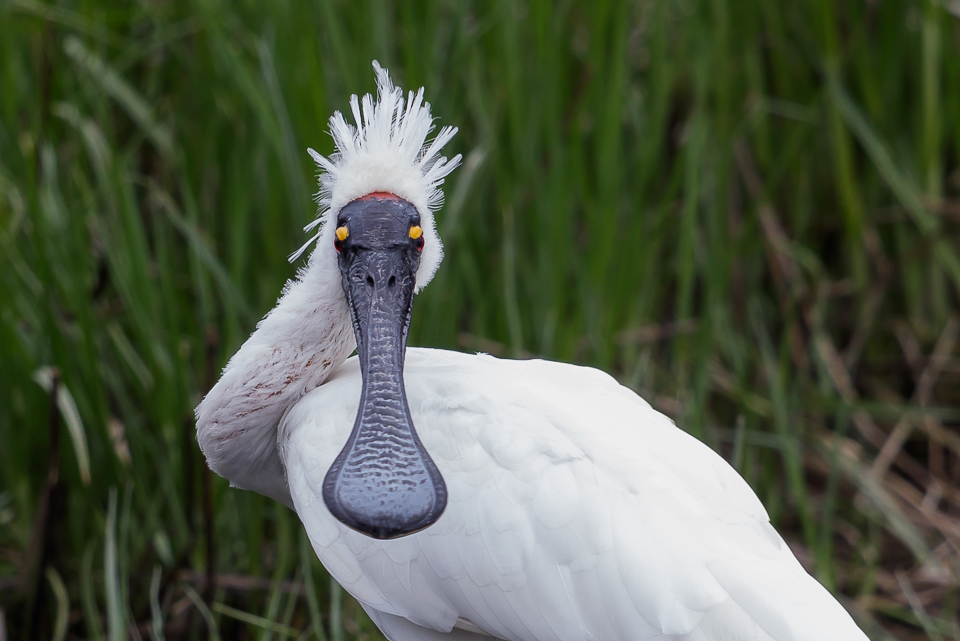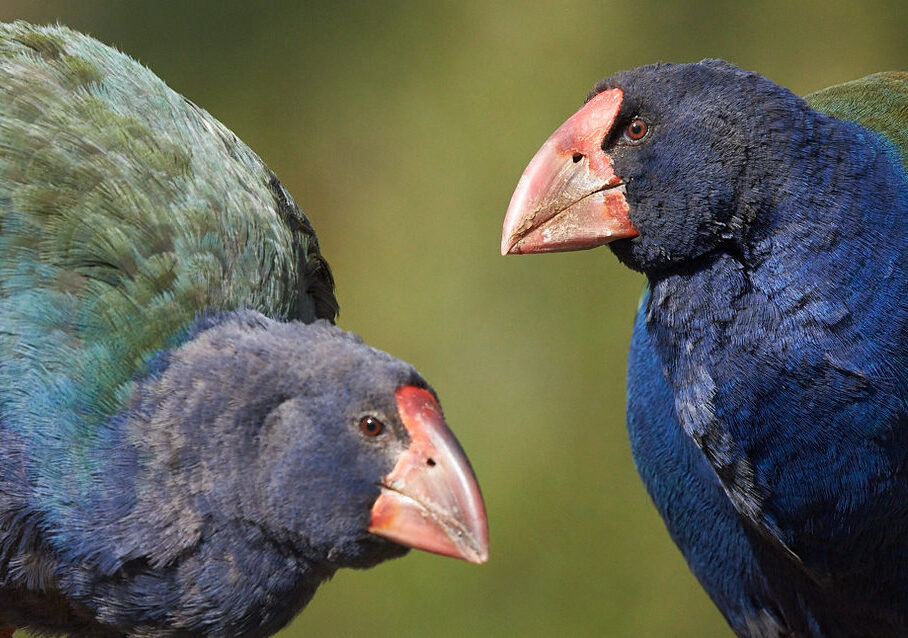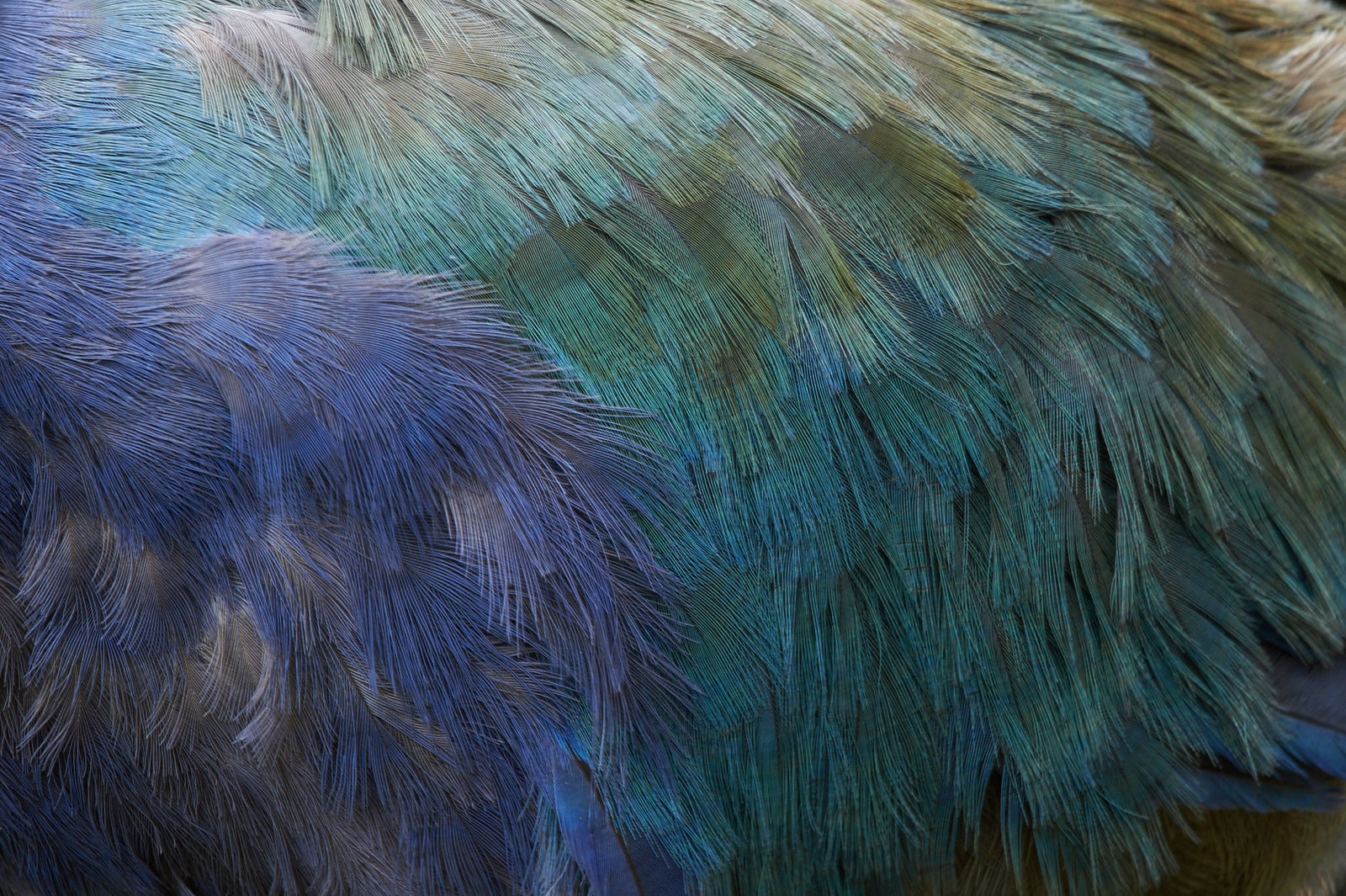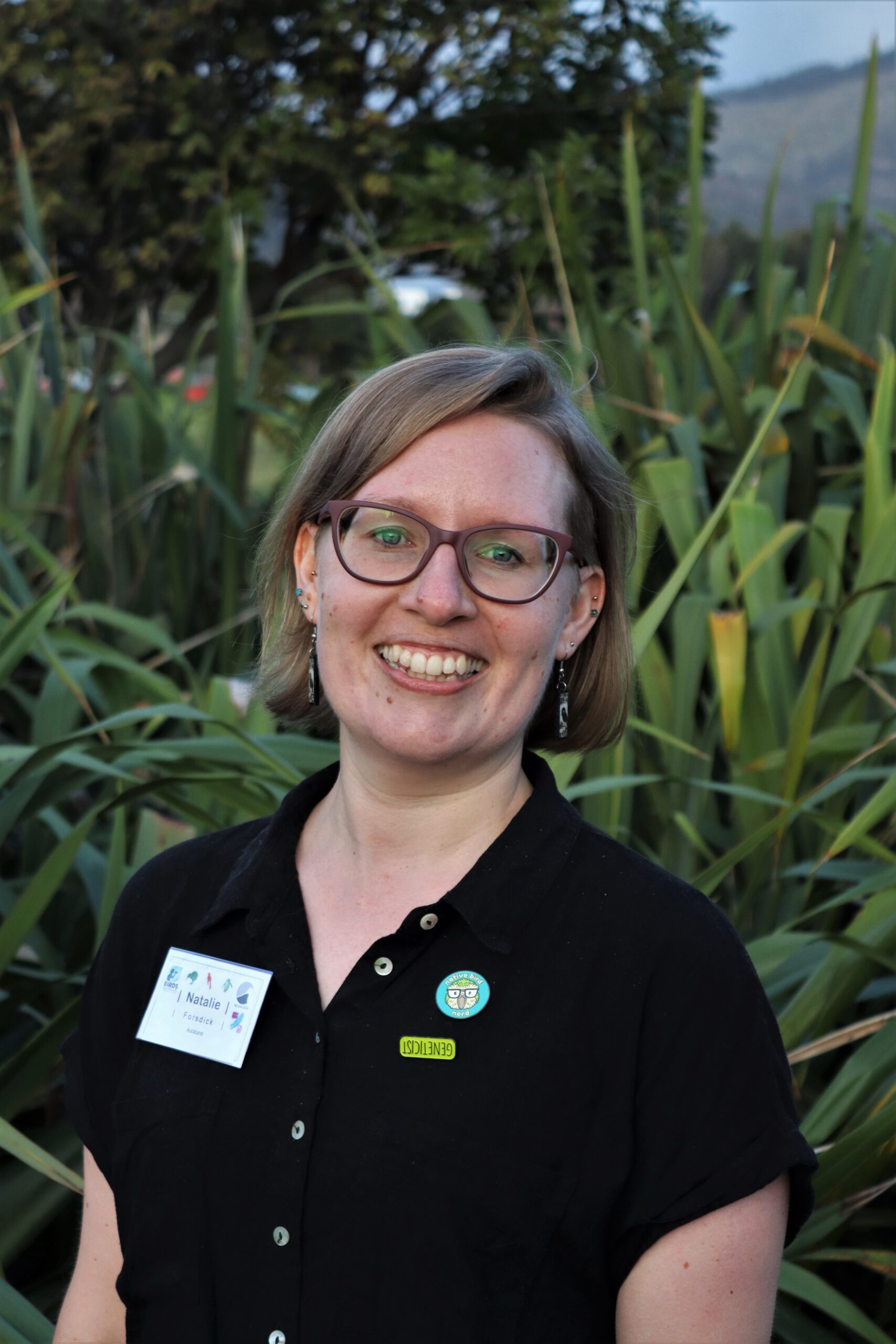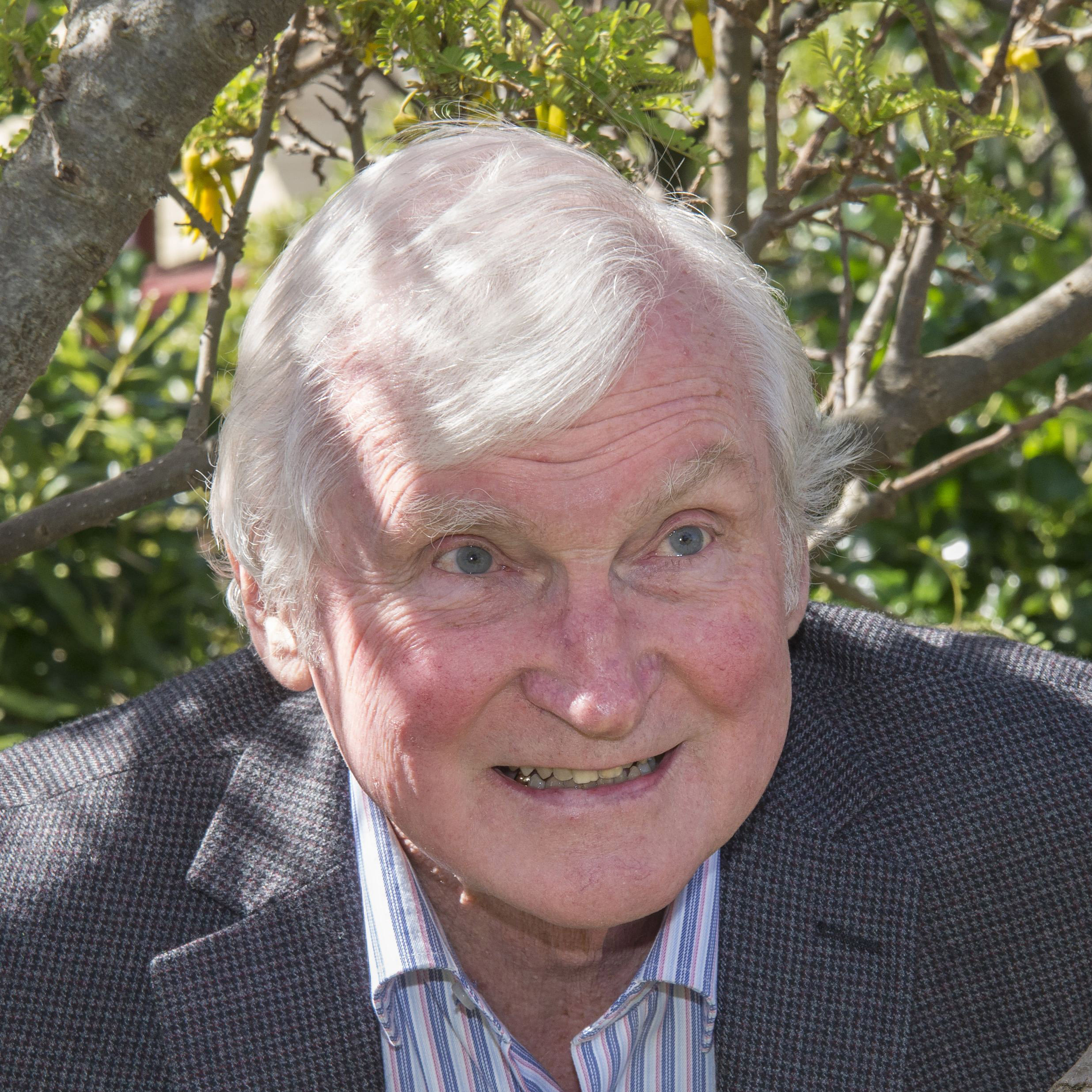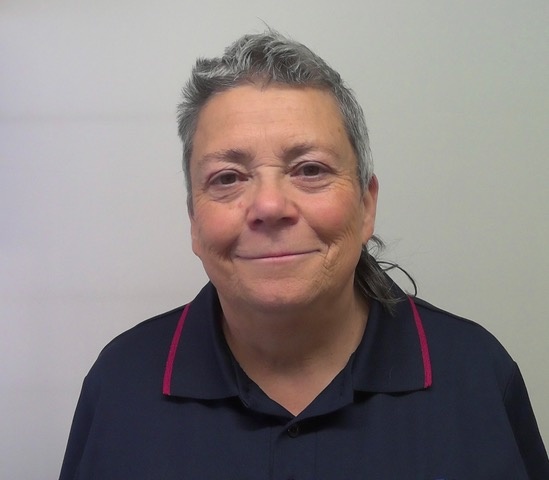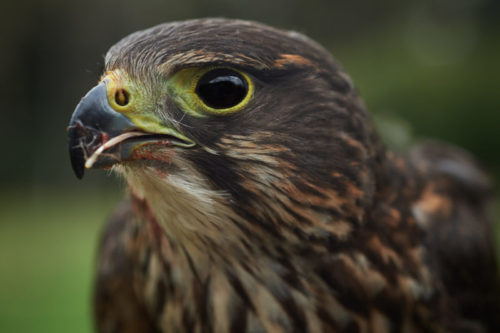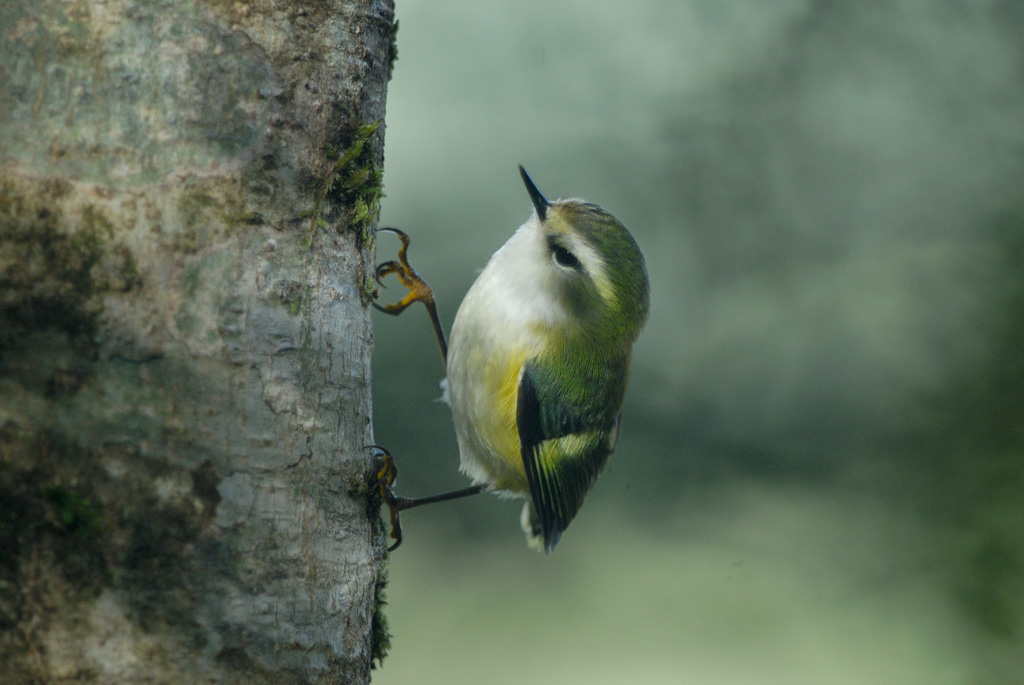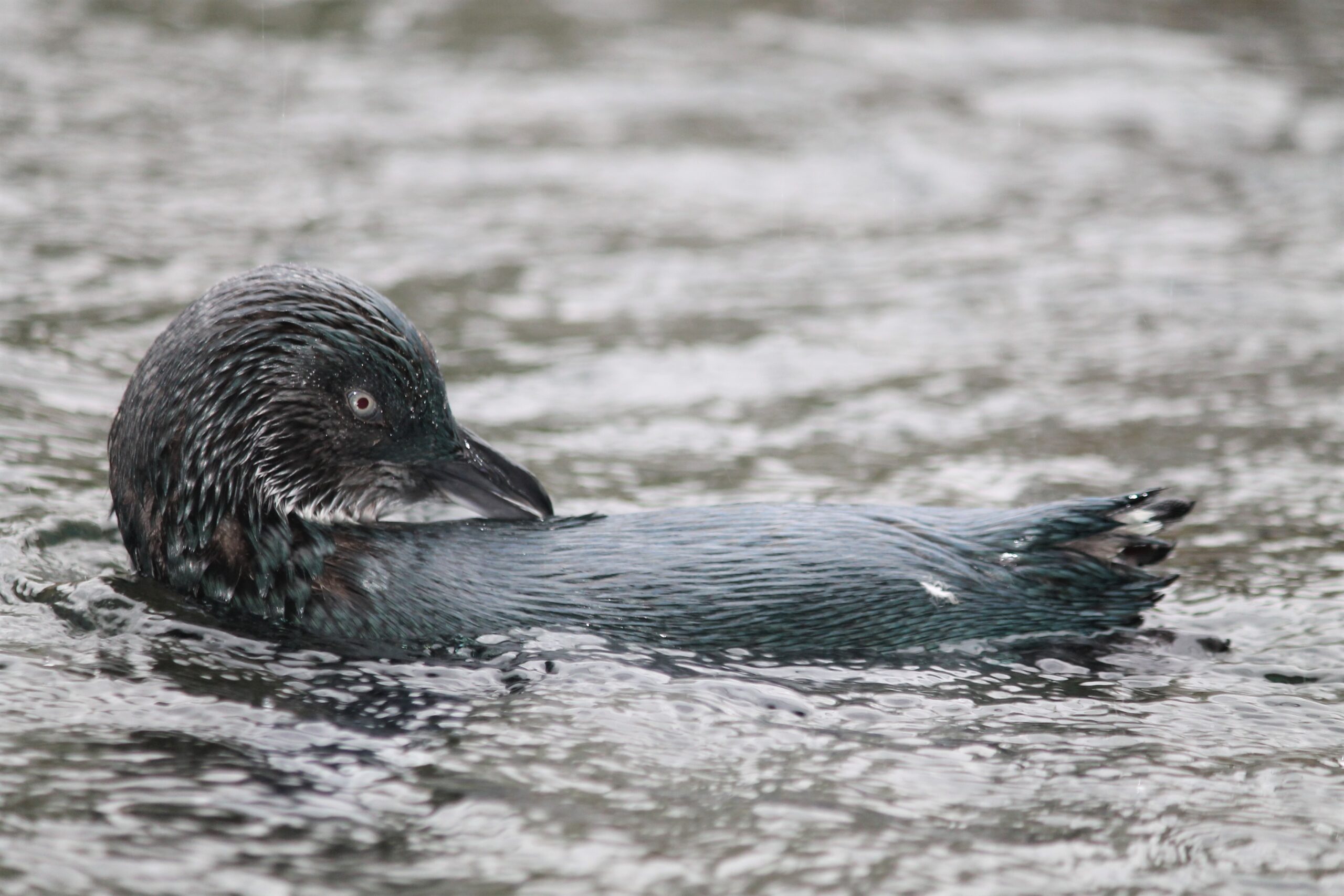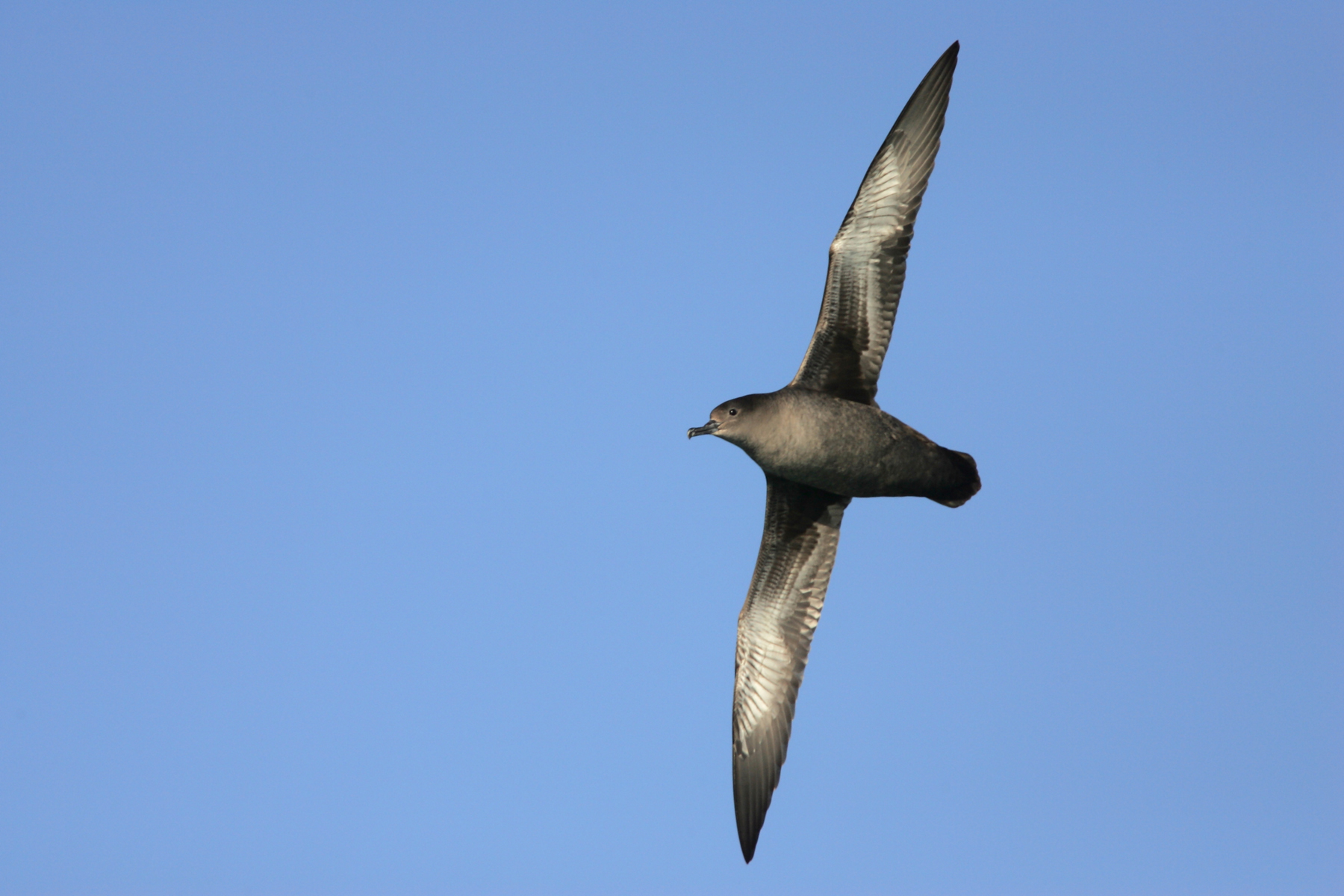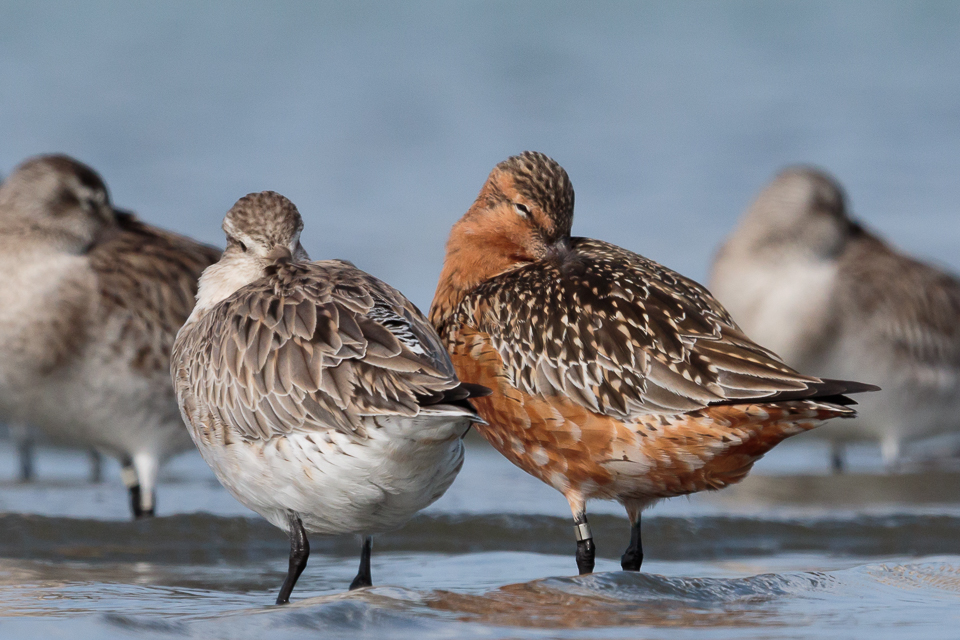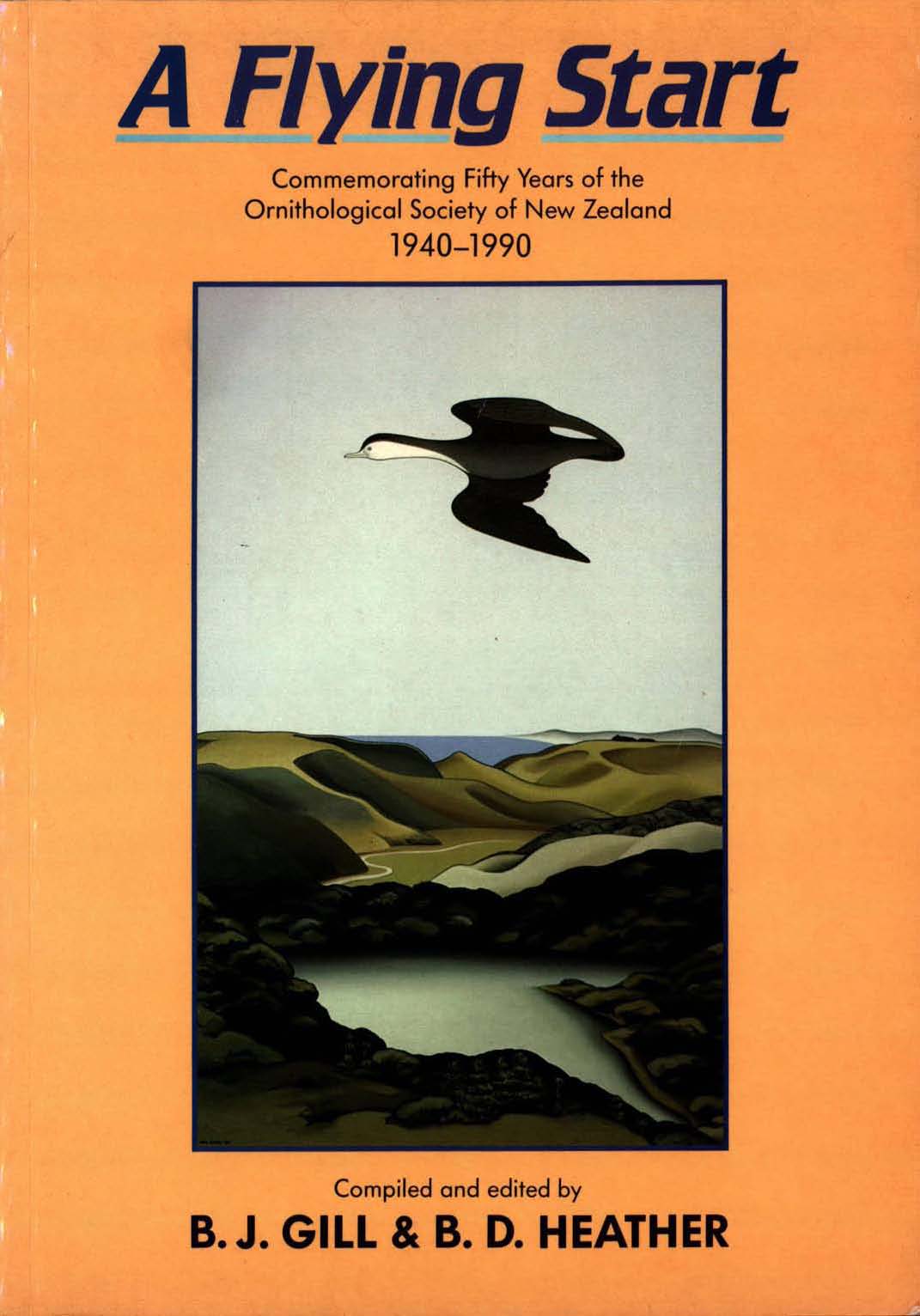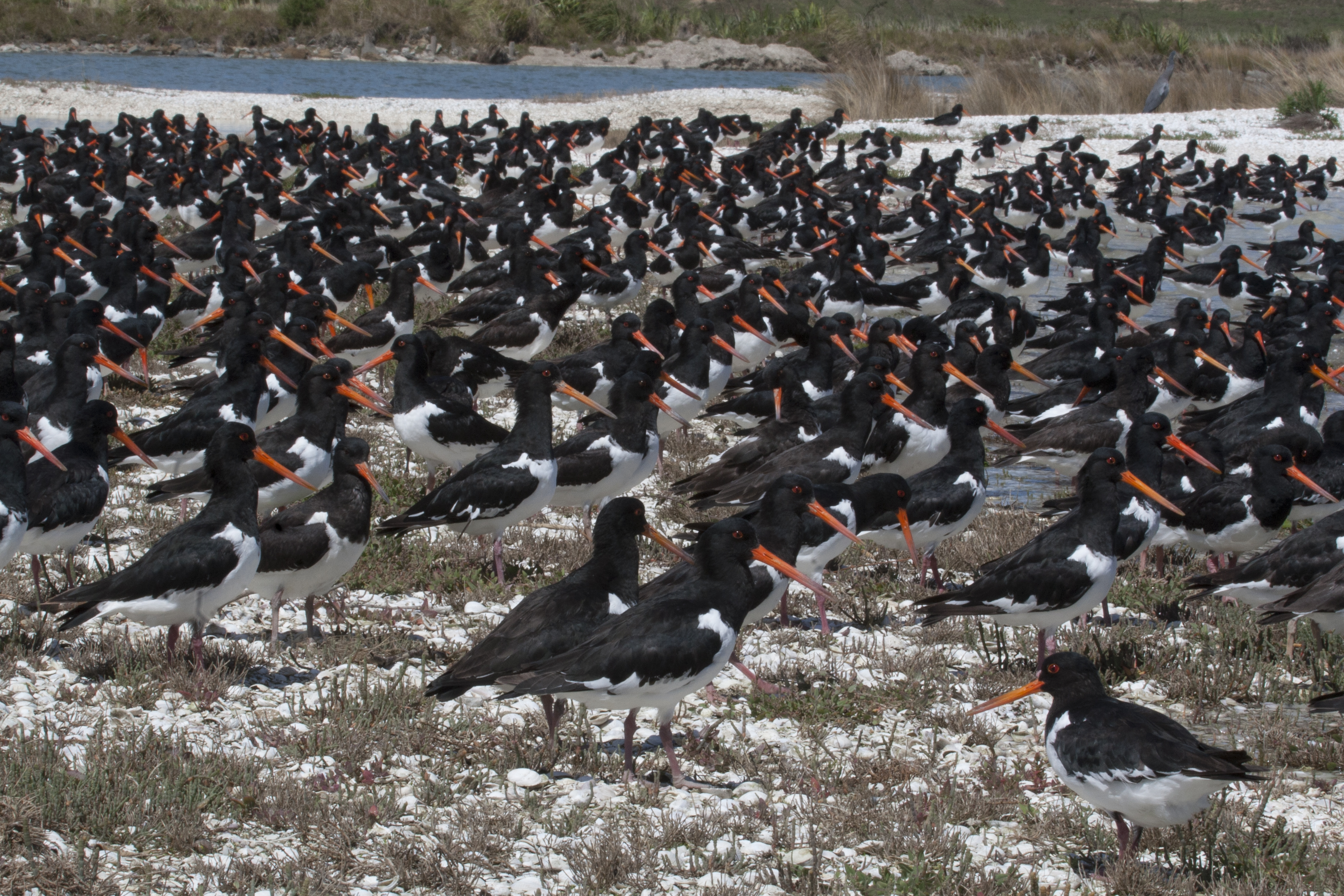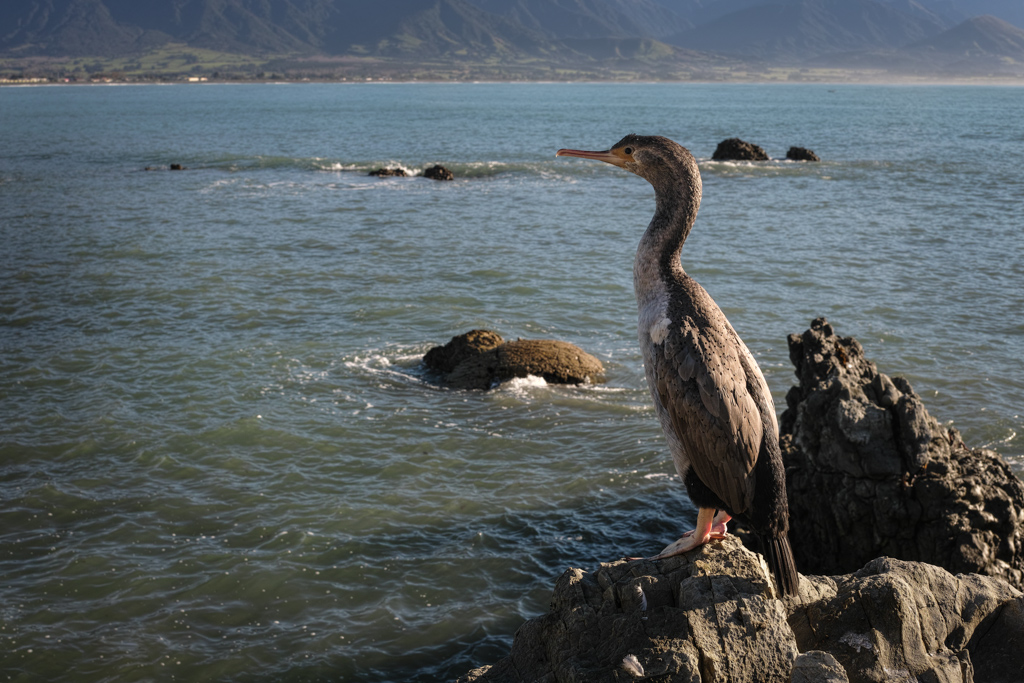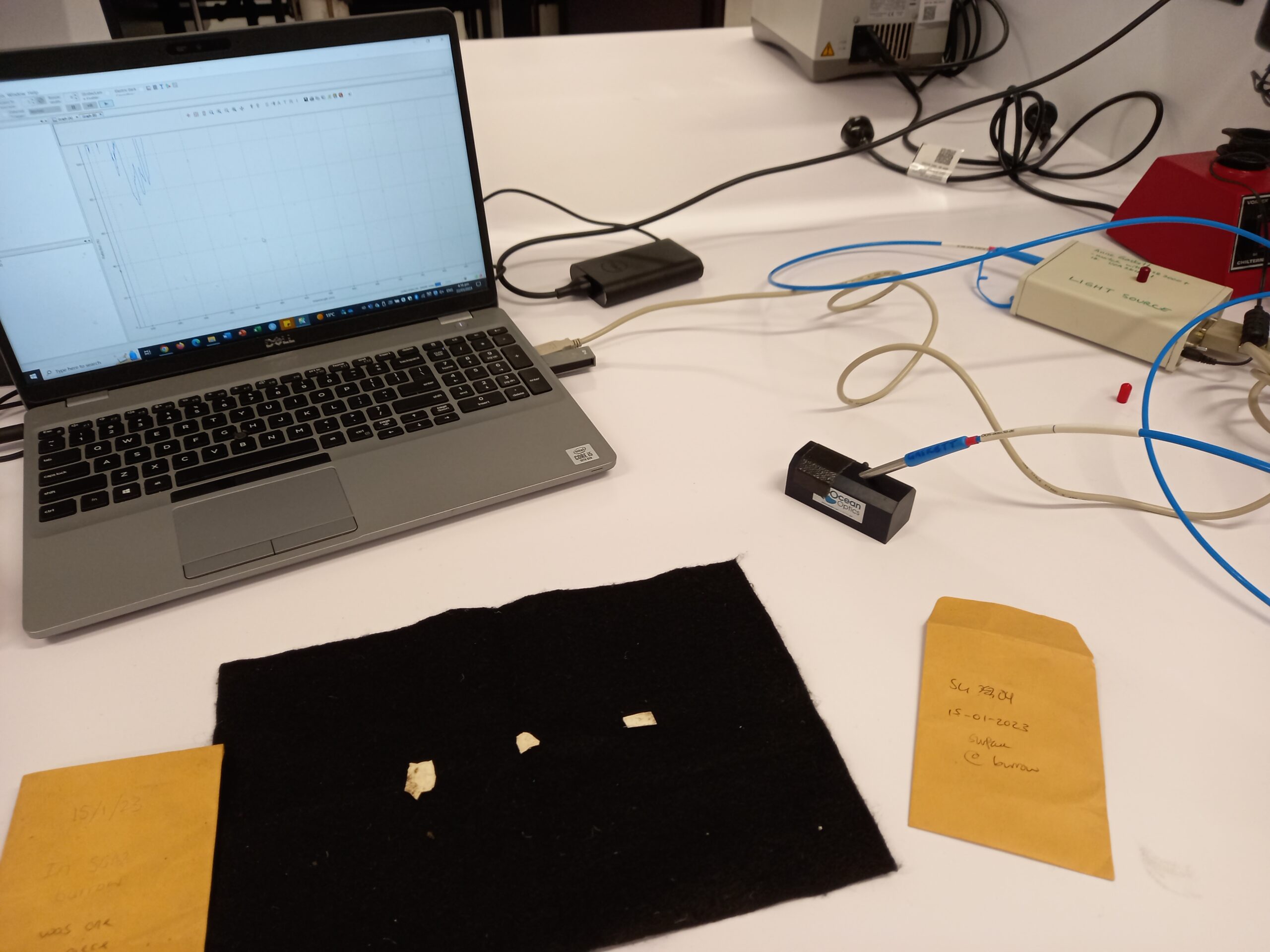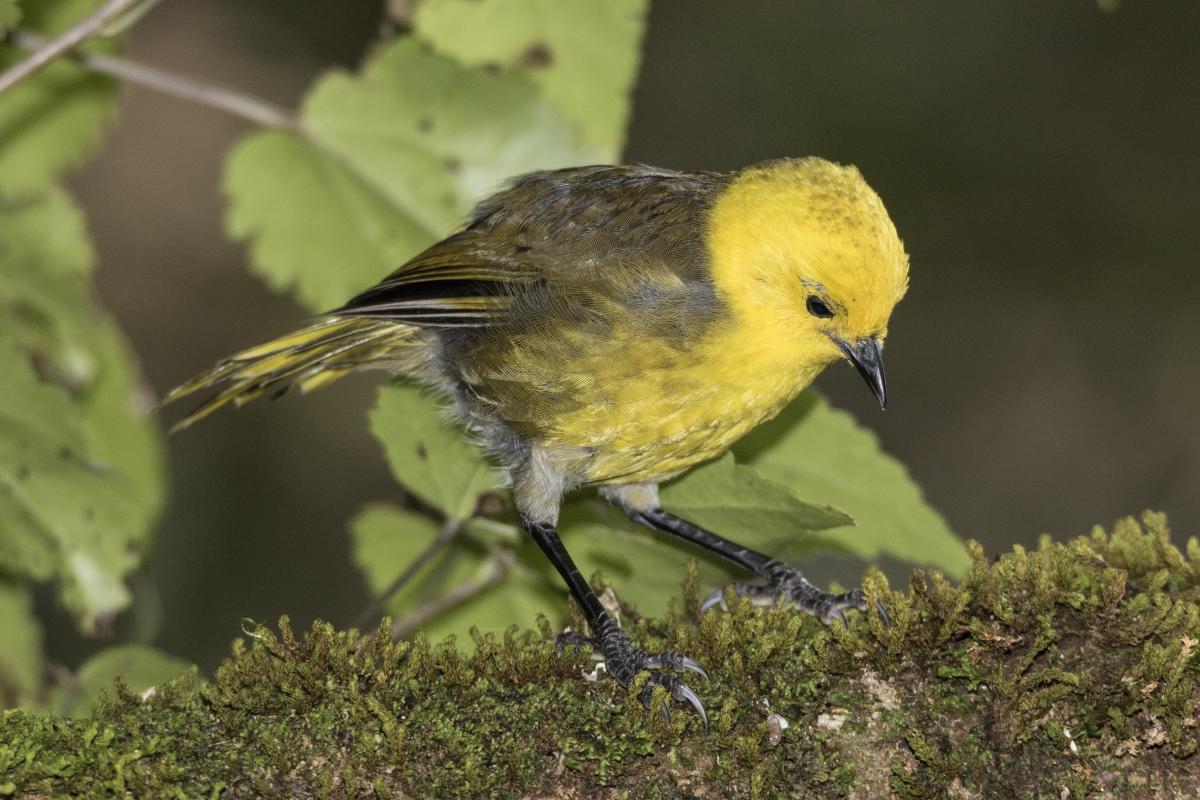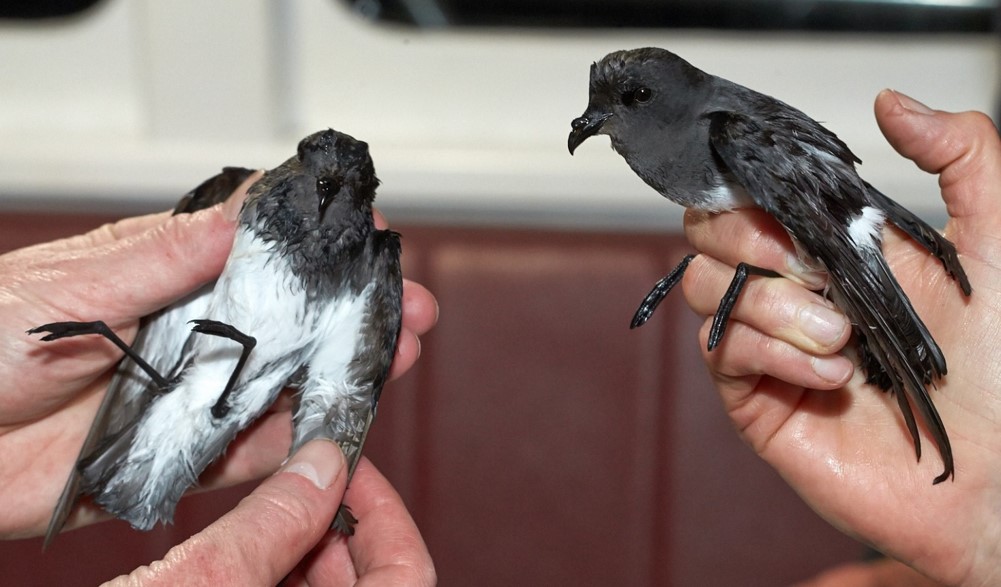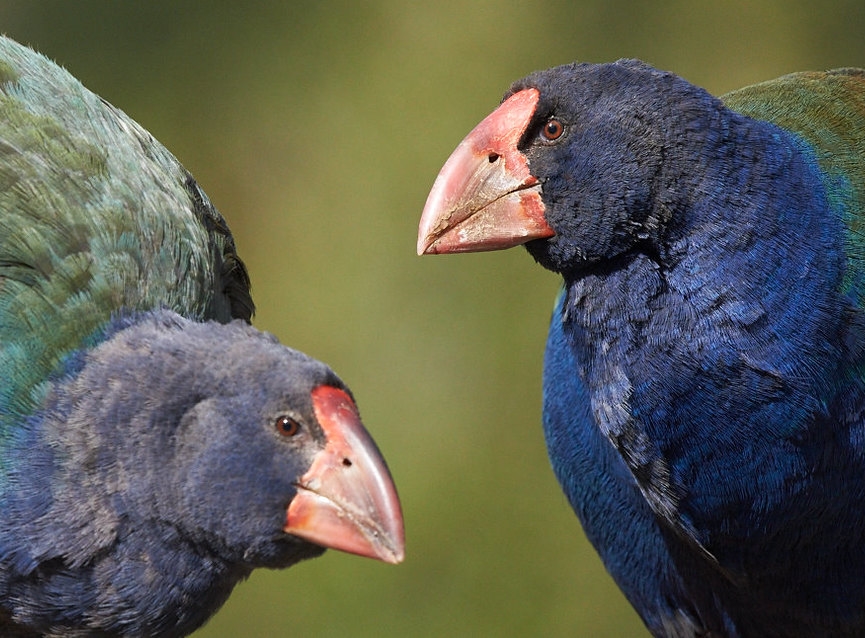Category: Uncategorized
Royal Spoonbill – National Census
September 16th, 2024In 1979 two Royal Spoonbill nests were found at Wairau Lagoon, Marlborough, before breeding also began on Otago’s coast in 1984. Birds New Zealand organised a 2013 nationwide survey that found 20 colonies with 614 nests. With more sightings across NZ in subsequent years, it is expected that there are now more new colonies. This November and December a new nationwide survey will take place to locate their colonies and count the numbers of birds in attendance and active nests. You can help by reporting the locations of possible colonies: where you have observed nesting behaviour such a stick carrying, courtship displays, or birds congregating in remote areas near or over water. Read more here
To get involved please contact your regional representative https://www.birdsnz.org.nz/contact/ or Survey Coordinator Mary Thompson: nzmaryt@gmail.com
This project is supported by the Projects Assitance Fund.
Code of Conduct for Bird Photography
September 5th, 2024Birds New Zealand has issued a new Code of Conduct for the Photography of Birds. Download at birdsnz.org.nz/wp-content/uploads/2024/05/Code-of-Conduct-for-Photography-of-Birds-Guidelines.pdf
These ethical standards act as a best practice guide to members when taking images (including photos, videos via fixed or moving cameras including mobile phones and drones) of birds. The primary aim is to ensure respect for the security and welfare of birds and to minimise interference to birds and the surrounding environment during observation and photography.
We encourage members to read this Code of Conduct and behave accordingly. The accompanying poster may be reproduced and used to promote these guidelines at Birds New Zealand hosted or affiliated events. Download the poster at birdsnz.org.nz/wp-content/uploads/2024/06/Poster-Code-of-Conduct-for-Photography-2406.pdf
Highlights from the 2024 NZ Bird Conference
July 4th, 2024The 2024 New Zealand Bird Conference in Nelson was not only a significant and memorable event, but the largest national bird conference yet!
Read highlights and view photos here
The next New Zealand Bird Conference will be held in Auckland from 31 May to 2 June 2025. Mark it in your diary!
New President – Natalie Forsdick
June 10th, 2024Natalie Forsdick succeeds Bruce McKinlay as the new President of Birds New Zealand.
Natalie Forsdick is the new President of Birds New Zealand. She succeeds Bruce McKinlay after his second three-year term came to an end at the Society’s recent AGM held in Nelson on 2 June. She is the second woman to become President of the Society, following Beth Brown’s term from 1983-88.
She served for three years as Vice President after three years as a member of the Birds New Zealand Council. Natalie was awarded the Best Student Presentation award at the 2017 Birds New Zealand conference in Te Anau for her talk on the conservation genetics of the Chatham Island black robin. In 2017 she received a grant from the Birds New Zealand Research Fund for her research on the evolutionary history of Australasian stilts. More recently, Natalie has applied her research training as an active member of the Birds New Zealand Checklist and Scientific Committees.
She has an MSc (Hons) in Biological Sciences (University of Canterbury, 2016) and aPhD in Genomics (University of Otago, 2020). She has worked for Manaaki Whenua – Landcare Research since 2020 as a conservation genomics researcher. Her research involves studying the DNA of threatened species to understand their evolution and to inform conservation management. Currently she works with a range of species, including birds, insects, and plants. While she can occasionally be found collecting samples in the field, her time is mostly spent extracting DNA in the lab, or analysing genetic data from the office.
Natalie is eager to lead Birds New Zealand in a new phase of activity following efforts to deliver the New Zealand Bird Atlas five-year project tracking the distribution and abundance of our birds. She is dedicated to promoting the society to ensure continued growth, providing opportunities for members to participate in data collection and bird observation projects, and supporting ornithological research. She looks forward to building on existing partnerships, and forming new relationships to deliver on society priorities.
Natalie is a proponent for a supportive research environment in her role as co-lead of the MWLR Early Career Group. She is also Secretary for the Society of Conservation Biology – Oceania, supporting the hosting of the International Congress for Conservation Biology in Brisbane in 2026.
About Birds New Zealand
Established in 1940, Birds New Zealand is committed to the study of birds and their habitat use within New Zealand through encouraging members and organising nationwide research projects and schemes. These activities are organised at the national and regional level, with 19 regions providing a local network for members to engage in bird studies and surveys. Birds New Zealand promotes the recording and wide circulation of the results of bird studies and observations through the production of its acclaimed scientific journal Notornis and other publications promoting birds in New Zealand. Birds New Zealand also seeks to assist the conservation and management of birds and their habitats by providing data, from which sound management decisions can be derived.
New Vice President – Ian Armitage
June 10th, 2024Ian has enjoyed an interest in birds from childhood and being a Wellingtonian three of the locations he best remembers watching and learning about birds in the 1950s were when tramping in the Tararua and Remutaka Ranges and at the Pencarrow lakes near the entrance of Wellington Harbour. A keen interest in birds and forests led Ian into a career in forestry with the former NZ Forest Service. During the 1980s Ian was appointed to advisory positions for forestry development and conservation in Samoa and elsewhere in the South Pacific, also in South East Asia. Since 1991 he has been an independent consultant in forestry development in Asia, especially in China.
Ian joined the OSNZ in 2001 and was Regional Representative in Wellington for six years. He became a life member of the society in 2004. He contributed to the organisation of the 2006, 2011 and 2019 society conferences that were hosted by Wellington Region and he led the organisation of the 2008/10 Wellington Harbour Bird Survey, and surveys of the Pauatahanui Inlet between 2012 and 2024. Ian joined Council in 2012. He has been an enthusiastic contributor to and supporter of the eBird system since it was introduced. Ian contributed to the design and construction of a new digital database for Beach Patrol records that aims to systematically document the identity, location and numbers of birds found dead on New Zealand beaches. More recently, Ian contributed within council of a comprehensive review and reconstruction of the Society’s constitution, adopted at the 2024 AGM in Nelson, to ensure that it is compliant with the requirements of the Incorporated Societies Act 2022.
New Council member (co-opted) – Martine Darrou
June 9th, 2024My name is Martine M-L Darrou, and I am French by birth, and a New Zealander by choice, I live in the beautiful seaside community of Waikouaiti in the South Island of New Zealand Aotearoa.
Birding has been my passion for most of my life, from a young age while doing mountaineering in the Pyrenees, Alpes, taking photographs, and in feeding the birds in the rigorous winter of the Pyrenees where I was born, and then later, as an adult, I joined the Société Ornithologique de France, participating in research and conservation during organised outings. While completing my professional studies in France I also worked part time as a nature guide on the topic of alpine flora and fauna in the Pyrenees, Alpes. My experience in research and conservation stems from my professional work with the CNRS in France (National Centre for Scientific Research).
As council member and due to my passion for birds! I would like to use my social, intellectual and organisational skills to assist the council in any manner that will help devise and implement strategies to protect and restore habitat for birds. I have a wish to work with any general programmes of conservation, to assist in efforts to educating the public about birds and to give others a chance to experience the healing and restorative powers of birding.
New Zealand Bird Atlas Complete
May 31st, 2024The New Zealand Bird Atlas project finished on 31st May 2024 after running for five years (2019-2024). This is one of the largest community science projects in Aotearoa New Zealand coordinated by Wildlife Management International Limited on behalf of Birds New Zealand.
Read more in the latest Media Release
More Birds in the Bush
May 18th, 2024Findings from this 5-year Endeavour research programme were presented at a recent webinar. A recording of this webinar session is available here.
Further findings from this programme will be shared at a 2-day online event which will run from 18-19 June 2024. You can register to attend on landcareresearch.co.nz/events/more-birds-in-the-bush-end-of-programme-event.
For questions regarding this presentation please contact Susan Walker walkers@landcareresearch.co.nz.
Open letter to the Coalition government from NZ Scientific Societies
March 25th, 202413 March 2024
A group representing thousands of scientists has written to the Cabinet saying the government’s plan for fast tracking consenting is retrograde and values development over the environment. The legislation – which passed its first reading last week – will give three ministers the power to bypass normal consent processes and have the final say on approvals for special infrastructure projects.
A group of ten scientific societies including Birds New Zealand (Ornithological Society of New Zealand), which conduct research in biodiversity say New Zealand’s plants, animals, fungi and ecosystems are globally unique but are also threatened with extinction. In a letter sent to ministers on 13 March, they say the changes will cause further degradation, and mean that development projects will be at the whim of political decision-making and ministerial discretion, without appropriate checks and balances.
Dr Jo Monks is the Vice-President of the New Zealand Ecological Society, a Lecturer in Ecology at the University of Otago, and is the spokesperson for the group.
Link to press release:
https://newzealandecology.org/sites/default/files/NZES%20press%20release%20-%20open%20letter%20to%20NZ%20govt%20regarding%20environmental%20legislative%20agenda%2014%20March%202024.pdf
Birds of Te Araroa
March 11th, 2024Between November 2023 and March 2024, Natural History curator Colin Miskelly walked the length of Aotearoa New Zealand on Te Araroa Trail – counting every bird seen or heard along the way. In this twentieth blog in the series, Colin describes birds encountered while walking the final section, through the Takitimu, Woodlaw, and Longwood Ranges to Colac Bay, then east along the coast to Invercargill, and south to the trail end at Stirling Point, Bluff.
Read Colin’s blog about the final section here.
Postdoctoral Research Fellow in Migratory Bird Conservation
March 10th, 2024This is an exciting opportunity for a Postdoctoral Research Fellow to make a scientific contribution to reversing the dramatic decline of migratory shorebirds in the East Asian – Australasian Flyway (EAAF). The successful candidate will lead a part of the NESP Marine and Coastal Hub Project 4.17, supporting recovery and management of migratory shorebirds in Australia! Read more at https://uq.wd3.myworkdayjobs.com/uqcareers/job/St-Lucia-Campus/Postdoctoral-Research-Fellow-in-Migratory-Bird-Conservation_R-35588-1
Historical Publication – A Flying Start
February 29th, 2024The historical OSNZ Publication “A Flying Start” (by B.J. Gill & B.D. Heather), published in 1990, is now available for download as PDF
This book commemorates 50 years of the Ornithological Society of New Zealand (1940-1990) and is valuable to everyone interested in birds!
For other historical publications that have significance to New Zealand ornithology visit birdsnz.org.nz/society-publications/historical-publications/
Birds NZ Data used in SIPO model
February 7th, 2024Birds NZ wader count data and re-sightings a crucial part of first full-annual cycle population model of South Island pied oystercatcher/tōrea developed by Manaaki Whenua – Landcare Research.
Marlborough Newsletter
November 1st, 2023Download the latest Marlborough newsletter here
Other recent newsletters from around the regions are available here
Passing of Mel Galbraith
October 3rd, 2023It is with great sadness that we share the news of the passing of Mel Galbraith on Thursday 28 September, surrounded by his family, following a short battle with cancer.
Mel was a long-standing Council member of Birds New Zealand, and much valued as an active leader in Auckland ornithology, having been a previous Regional Representative. He was a great advocate for nature, and a mentor to students as a Senior Lecturer at Unitec Institute of Technology, and to those beginning their careers in the natural sciences. He has been a leader in a number of ecological restorations, and in the founding of a number of organisations including Supporters of Tiritiri Matangi, the Motu Kaikoura Trust and Miranda Naturalist Trust, and as past President of the New Zealand Ecological Society.
His warmth and generosity will be sorely missed. Birds New Zealand send our deepest condolences and aroha to Mel’s family.
Mel’s funeral service details are as follows:
St Mary’s Church, Onewa Rd, Northcote, Auckland
11am, Thursday 5th October
A live-stream is available via https://www.dils.co.nz/tributes/?funeral=OoVAL
The Auckland branch of Birds New Zealand will hold a remembrance for Mel at our in-person November meeting.
Exploring plastic ingestion by Toanui on Ohinau
September 4th, 2023Plastic is a threat to seabirds as many ingest it or become entangled in it resulting in mortality. Seabirds could mistake the smell of plastic for the smell associated with the prey items leading to plastic acting as a type of sensory trap. However, little research explores whether the seabirds are mistaking the colours of plastic for the colours of prey items. We explored this idea with the flesh-footed shearwaters/Toanui being our study species on Ohinau Island. It was previously reported by Wildlife Management International Limited that many of the Toanui on Ohinau was consuming plastic. By gathering the plastic regurgitated by seabirds as well as collecting the plastic found around the island we measured the spectral wavelengths of the plastic using a spectrometer. We then compared it to the spectral wavelengths of seabird prey items including fish, squid and crustacean. We found that clear/white plastic was the most dominant colour and also looked very similar to the seabird’s prey items. The seabirds could be mistaking the white plastic colour with the colour of prey items. However, green plastics also looked similar to prey items but were one of the least common colours found. More research is required to study other factors which could be influencing seabird plastic colour selection including the shape of plastic, the size of plastic and the plastic’s length of time in the ocean.
Read more about this project funded by the 2022 BNZRF report here
Birds of the Great Walks
August 18th, 2023Aotearoa New Zealand has many great walks. However, as of 2023, only ten of them qualify as capital-letter Great Walks. Te Papa natural history curator Dr Colin Miskelly has walked (or paddled) them all and kept records of the birds that he encountered along the way.
In the initial blog in a series that will cover them all, he describes what Great Walks are, and the system that he developed to compare and rank their birdyness: Birds of the Great Walks of Aotearoa New Zealand. More blogs of this series are available via the links below:
Birds of the Whanganui Journey ‘Great Walk’
Birds of the Tongariro Northern Circuit
Birds of Lake Waikaremoana Track
Birds of the Abel Tasman Coastal Track
Birds of the Routeburn Track
Birds of the Paparoa Track
Birds of the Rakiura Track
Birds of the Kepler Track
Birds of the Milford Track
Birds of the Heaphy Track
How RNZ’s Morning Report solved the mystery of a storm petrel
June 9th, 2023RNZ’s Morning Report birdcall has helped solve a mystery about grey-backed storm petrels in Fiordland.
Read more about this story here
Photo by Jean-Claude Stahl (Te Papa)
Historical Publications – The State of New Zealand’s Birds
May 30th, 2023The five reports “The State of New Zealand’s Birds” are now available on the Historical Publications page:
The State of NZ’s Birds 2009: Conservation of Migrant Birds
The State of NZ’s Birds 2008: Conservation of Birds on the Mainland
The State of NZ’s Birds 2007: New Zealand Bird Atlas
The State of NZ’s Birds 2006: New Zealand’s Seabirds
The State of NZ’s Birds 2005
